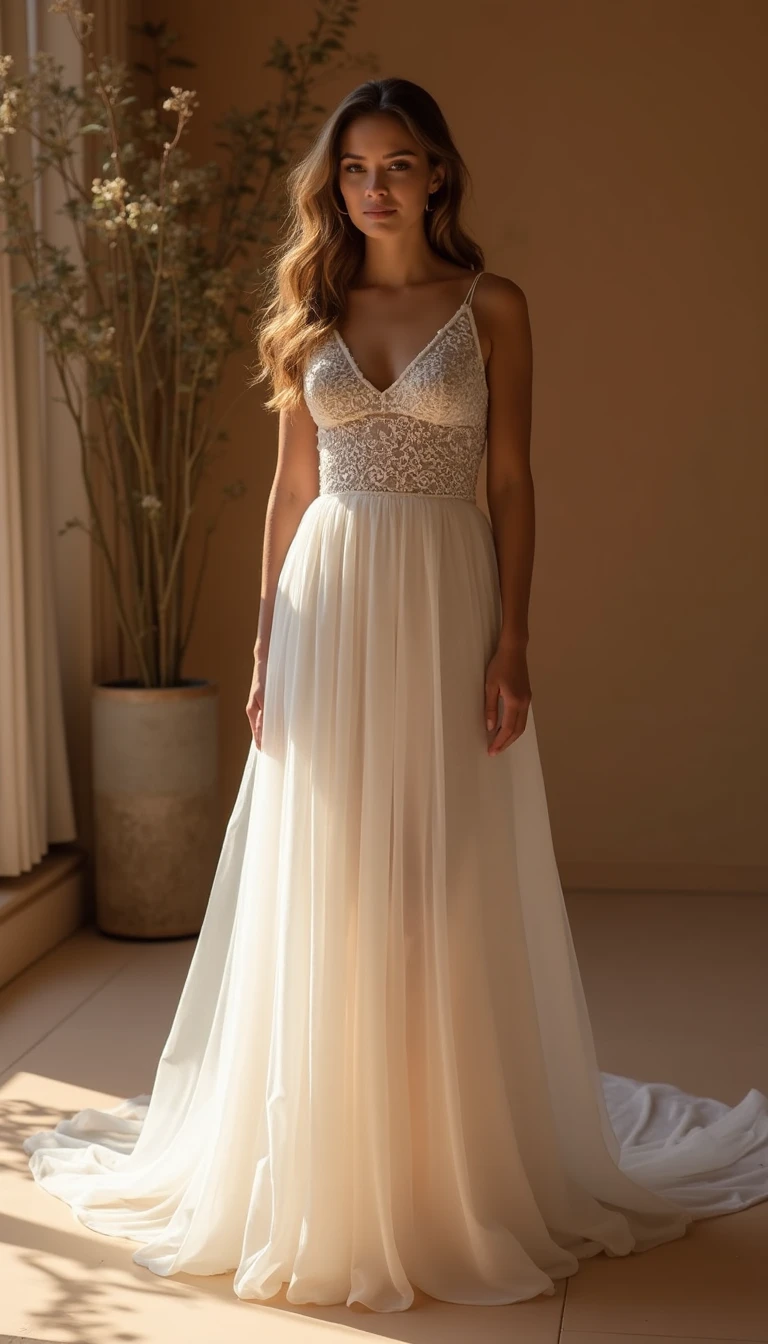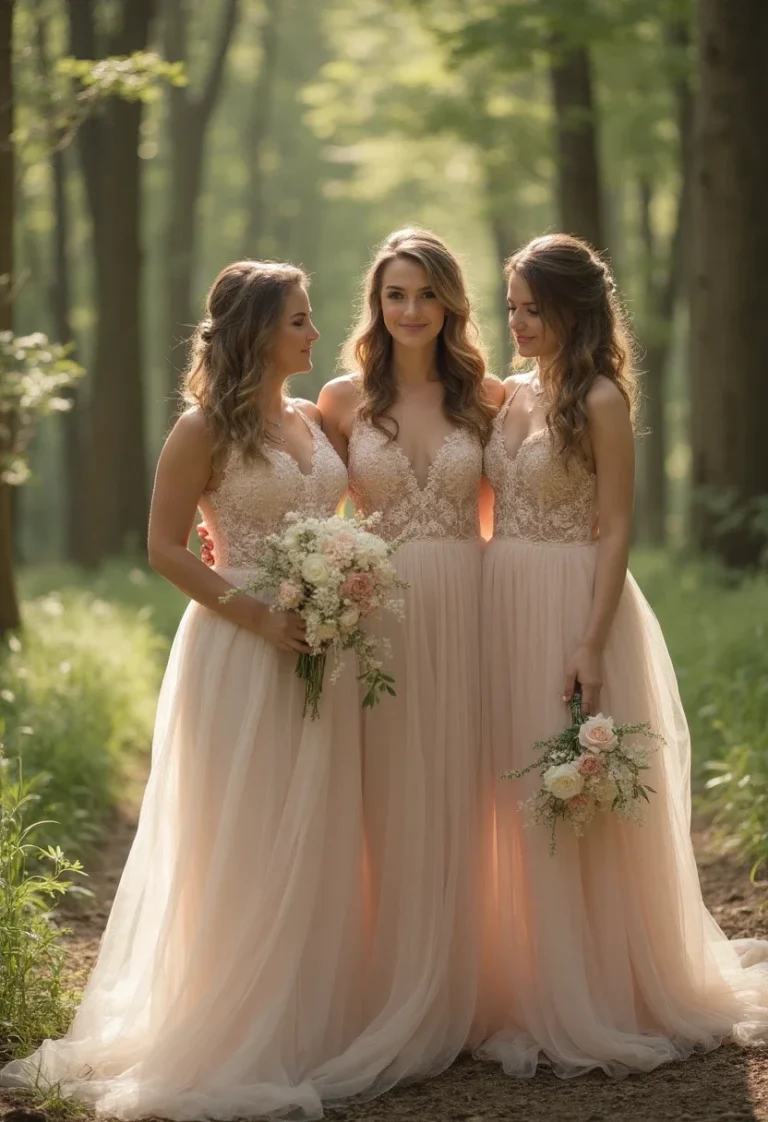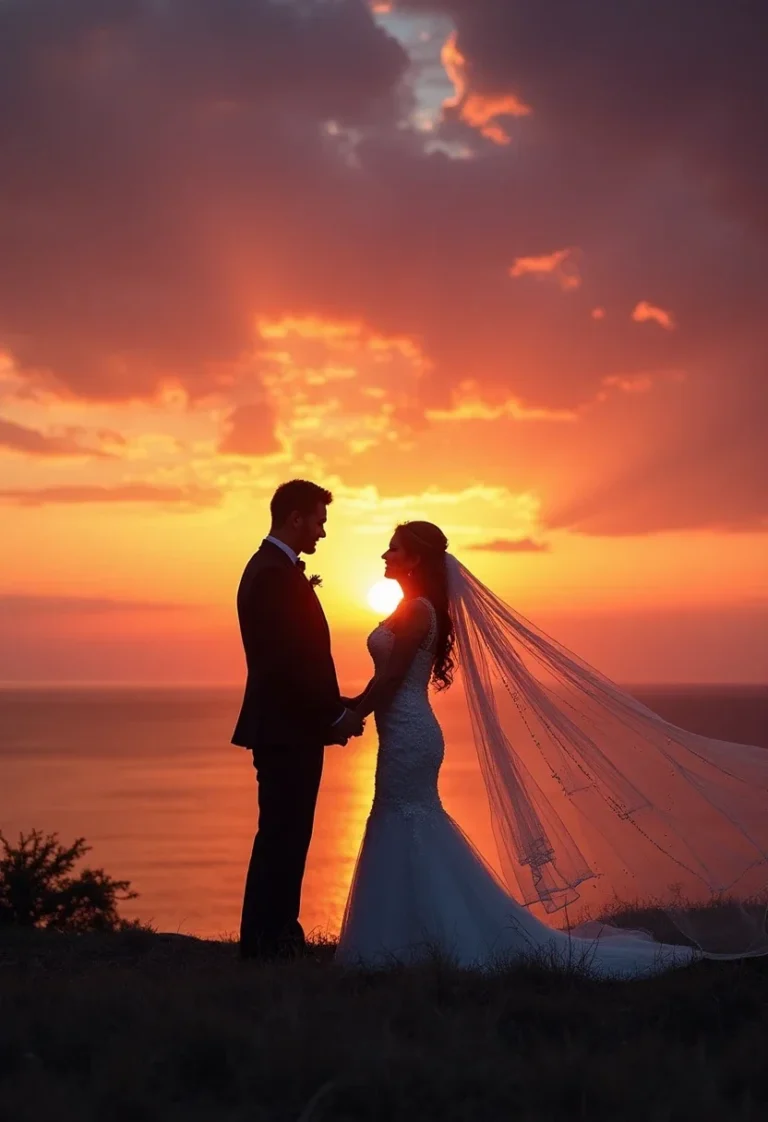The History of Engagement Rings Is Surprisingly Dark—Here’s What They Originally Stood For
Engagement rings have long been seen as symbols of love and commitment, but their history reveals a darker narrative. Originally, these rings served purposes beyond mere romantic expression, often reflecting societal norms and beliefs that may seem shocking today. Understanding this evolution offers a deeper appreciation of the significance behind these beautiful pieces of jewelry.
This article explores the origins of engagement rings, their initial meanings, and how they have transformed over time. By delving into their historical context, we uncover the complexities of what these rings symbolize in modern relationships.
Definitions
Engagement rings are typically worn by the person who is promised to be married, symbolizing an intention to marry. The tradition dates back centuries, with various cultures adopting their interpretations of the engagement ring. In its simplest form, an engagement ring signifies a formal agreement between two individuals to enter into marriage.
However, the definition of engagement rings has evolved significantly. Early rings were often made from materials such as iron or brass, emphasizing durability over aesthetics. Additionally, the stones used in engagement rings have varied widely, from simple bands to elaborate designs featuring precious gems, each carrying its own symbolism.
Key Concepts
The history of engagement rings can be traced back to ancient civilizations. In Ancient Rome, for instance, it was customary for men to give rings to their betrothed as a public declaration of their engagement. These rings often featured simple designs, reflecting the practicality of the time.
In contrast, the Renaissance period saw a shift towards more ornate engagement rings, with the introduction of precious gemstones. Diamonds, in particular, became a popular choice by the 19th century, largely due to their association with wealth and status. This transition marked a significant change in the symbolism of engagement rings, from practicality to luxury.
Furthermore, the engagement ring’s role in society has been influenced by various factors, including economic conditions and cultural shifts. The De Beers diamond campaign in the 20th century famously linked diamonds with love and commitment, solidifying their place in engagement traditions.
Examples of Historical Engagement Rings
Throughout history, many notable engagement rings have captured public interest. One such example is the ring given to Queen Victoria by Prince Albert in 1839, which featured a serpent design symbolizing eternity. This ring not only set a precedent for elaborate engagement rings but also reflected the couple’s personal story.
Another significant example is the engagement ring worn by Princess Diana, which has since become associated with her legacy. The ring, featuring a large sapphire surrounded by diamonds, represents a shift towards colored gemstones in engagement rings, showcasing individuality and personal preference.
Pros and Cons of Engagement Rings Today
In contemporary society, engagement rings hold both positive and negative connotations. On the positive side, they symbolize commitment and love, often serving as a cherished family heirloom passed down through generations. The variety of styles available today allows couples to express their unique identities through their choice of rings.
However, there are also drawbacks. The pressure to purchase expensive rings can lead to financial strain, and some individuals feel that the tradition perpetuates outdated gender norms. Additionally, ethical concerns surrounding diamond mining and sourcing have led to increased scrutiny of the engagement ring industry.
Ultimately, the decision to present an engagement ring should be a personal choice, reflecting the values and beliefs of the couple involved.
Case Study: Famous Engagement Rings in History
Examining famous engagement rings in history reveals the profound impact they can have on cultural norms. The engagement ring given to actress Grace Kelly by Prince Rainier III of Monaco is a perfect example. The ring featured a stunning 10.47-carat emerald-cut diamond and has become synonymous with royal engagements.
Similarly, the ring worn by Meghan Markle, which incorporates diamonds from Princess Diana’s collection, highlights the significance of heritage in modern engagement ring choices. These rings not only represent personal commitments but also connect individuals to a larger narrative of love and tradition.
Future Trends in Engagement Rings
As society continues to evolve, so too will the trends surrounding engagement rings. Increasingly, couples are gravitating towards sustainable and ethically sourced materials, reflecting a growing awareness of environmental issues. Lab-created diamonds and alternative gemstones are gaining popularity, appealing to those who prioritize ethical considerations.
Additionally, customization is becoming a key trend, with many couples opting for unique designs that reflect their personalities. This movement signifies a shift away from traditional norms, embracing individuality and self-expression in engagement ring choices.
Conclusion
The history of engagement rings is rich and multifaceted, revealing a journey from dark origins to modern symbols of love. As societal values shift, the significance of engagement rings continues to evolve, encouraging couples to make choices that resonate with their beliefs and experiences. Understanding this history enhances the appreciation of what these rings represent today.






